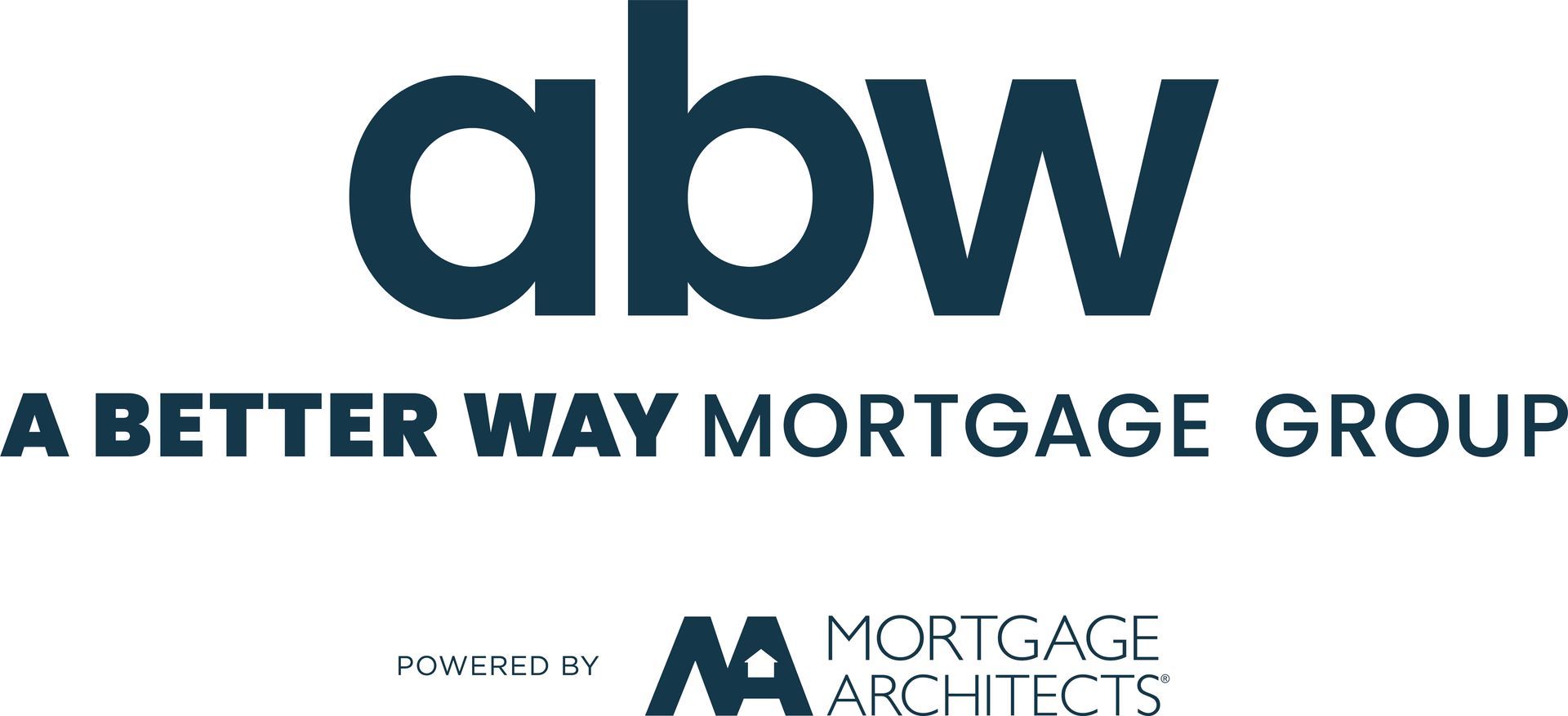Planning Ahead to Get the Best Terms on Renewal!
Jen & Cory • February 16, 2021

If your mortgage term is almost up for renewal, there’s a good chance you’ll be pleasantly surprised with the low-interest rates available on the market today. While the pandemic has caused a lot of economic uncertainty, the result has been very low interest rates. In fact, the Government of Canada has indicated that rates will most likely stay low until 2023.
So if your mortgage is up for renewal in the next 6 months, here’s what you should do.
Start now. Yep, right now.
Getting ahead of your renewal is one of the most important things you can do. This will ensure that you don’t get busy, forget about the deadline, and have to make a rush decision. Or worse yet, your mortgage won't renew into a product you didn’t choose for yourself. You’ll want to weigh your options and make the best choice for you. This can take time. So start now.
One of the benefits of reviewing your renewal with an independent mortgage professional is saving hours of research. We deal with mortgage financing daily; our job is to keep up with all the lenders and their products and provide you with professional advice.
Please connect with us to discuss your renewal. We’d be more than happy to outline all your options.
Don’t sign your lender’s renewal offer.
If you’ve already received a renewal letter from your current lender, the last thing you want to do is just select the term with the lowest rate, sign it, and send it back. You have more options than this.
Renewal documents will showcase rates and products that are good for the lender, not necessarily for you. Mortgage lenders are in the business of making money, and as close to half of people sign their initial renewal offer without negotiating a better rate, lenders don’t feel they have to put their best offer forward. In fact, they make more money by doing the exact opposite.
Just because your current lender was the best choice when you got your last mortgage doesn't mean they're still the best choice now. Make sure to consider all your options, not just the options in front of you. Let’s talk.
Don’t get stuck on the rate.
Modern consumerism has us conditioned to believe that the lowest price is always the best. And although this might be the case when buying stuff at the thrift store, it certainly isn’t when considering mortgage financing. Interest rate is only one thing you should consider when renewing your mortgage.
Your goal should be to assess the quality of your next term by how much it lowers your overall cost of borrowing. Life is full of changes; you’ll want to ensure the features of your mortgage, such as term length, mortgage type, penalties, portability, and prepayment privileges, all line up with your goals. The lowest rate mortgage doesn’t always come with the most flexible terms. And sometimes, it makes sense to take a higher rate for better terms. Professional advice will help a lot as you make your decision.
So there you have it. If your mortgage is up for renewal anytime in the next six months, please contact us directly. Let's work together to secure the best mortgage for you.
Recent Posts

Bank of Canada maintains policy rate at 2.1/4%. FOR IMMEDIATE RELEASE Media Relations Ottawa, Ontario December 10, 2025 The Bank of Canada today held its target for the overnight rate at 2.25%, with the Bank Rate at 2.5% and the deposit rate at 2.20%. Major economies around the world continue to show resilience to US trade protectionism, but uncertainty is still high. In the United States, economic growth is being supported by strong consumption and a surge in AI investment. The US government shutdown caused volatility in quarterly growth and delayed the release of some key economic data. Tariffs are causing some upward pressure on US inflation. In the euro area, economic growth has been stronger than expected, with the services sector showing particular resilience. In China, soft domestic demand, including more weakness in the housing market, is weighing on growth. Global financial conditions, oil prices, and the Canadian dollar are all roughly unchanged since the Bank’s October Monetary Policy Report (MPR). Canada’s economy grew by a surprisingly strong 2.6% in the third quarter, even as final domestic demand was flat. The increase in GDP largely reflected volatility in trade. The Bank expects final domestic demand will grow in the fourth quarter, but with an anticipated decline in net exports, GDP will likely be weak. Growth is forecast to pick up in 2026, although uncertainty remains high and large swings in trade may continue to cause quarterly volatility. Canada’s labour market is showing some signs of improvement. Employment has shown solid gains in the past three months and the unemployment rate declined to 6.5% in November. Nevertheless, job markets in trade-sensitive sectors remain weak and economy-wide hiring intentions continue to be subdued. CPI inflation slowed to 2.2% in October, as gasoline prices fell and food prices rose more slowly. CPI inflation has been close to the 2% target for more than a year, while measures of core inflation remain in the range of 2½% to 3%. The Bank assesses that underlying inflation is still around 2½%. In the near term, CPI inflation is likely to be higher due to the effects of last year’s GST/HST holiday on the prices of some goods and services. Looking through this choppiness, the Bank expects ongoing economic slack to roughly offset cost pressures associated with the reconfiguration of trade, keeping CPI inflation close to the 2% target. If inflation and economic activity evolve broadly in line with the October projection, Governing Council sees the current policy rate at about the right level to keep inflation close to 2% while helping the economy through this period of structural adjustment. Uncertainty remains elevated. If the outlook changes, we are prepared to respond. The Bank is focused on ensuring that Canadians continue to have confidence in price stability through this period of global upheaval. Information note The next scheduled date for announcing the overnight rate target is January 28, 2026. The Bank’s next MPR will be released at the same time.

Ready to Buy Your First Home? Here’s How to Know for Sure Buying your first home is exciting—but it’s also a major financial decision. So how can you tell if you’re truly ready to take that leap into homeownership? Whether you’re confident or still unsure, these four signs are solid indicators that you’re on the right path: 1. You’ve Got Your Down Payment and Closing Costs in Place To purchase a home in Canada, you’ll need at least 5% of the purchase price as a down payment. In addition, plan for around 1.5% to 2% of the home’s value to cover closing costs like legal fees, insurance, and adjustments. If you’ve managed to save this on your own, that’s a great sign of financial discipline. If you're receiving help from a family member through a gifted down payment , that works too—as long as the paperwork is in order. Either way, having these funds ready shows you’re prepared for the upfront costs of homeownership. 2. Your Credit Profile Tells a Good Story Lenders want to know how you manage debt. Before they approve you for a mortgage, they’ll review your credit history. What they typically like to see: At least two active credit accounts (trade lines) , like a credit card or loan Each with a minimum limit of $2,000 Open and active for at least 2 years Even if your credit isn’t perfect, don’t panic. There may still be options, such as using a co-signer or working on a credit improvement plan with a mortgage expert. 3. Your Income Can Support Homeownership—Comfortably A steady income is essential, but not all income is treated equally. If you’re full-time and past probation , you’re in a strong position. If you’re self-employed, on contract, or rely on variable income like tips or commissions, you’ll generally need a two-year history to qualify. A general rule: housing costs (mortgage, taxes, utilities) should stay under 35% of your gross monthly income . That leaves plenty of room for other living expenses, savings, and—yes—some fun too. 4. You’ve Talked to a Mortgage Professional Let’s be real—there’s a lot of info out there about buying a home. Google searches and TikToks can only take you so far. If you're serious about buying, speaking with a mortgage professional is the most effective next step. Why? Because you'll: Get pre-approved (and know what price range you're working with) Understand your loan options and the qualification process Build a game plan that suits your timeline and financial goals The Bottom Line: Being “ready” to buy a home isn’t just about how much you want it—it’s about being financially prepared, credit-ready, and backed by expert advice. If you’re thinking about homeownership, let’s chat. I’d love to help you understand your options, crunch the numbers, and build a plan that gets you confidently across the finish line—keys in hand.


